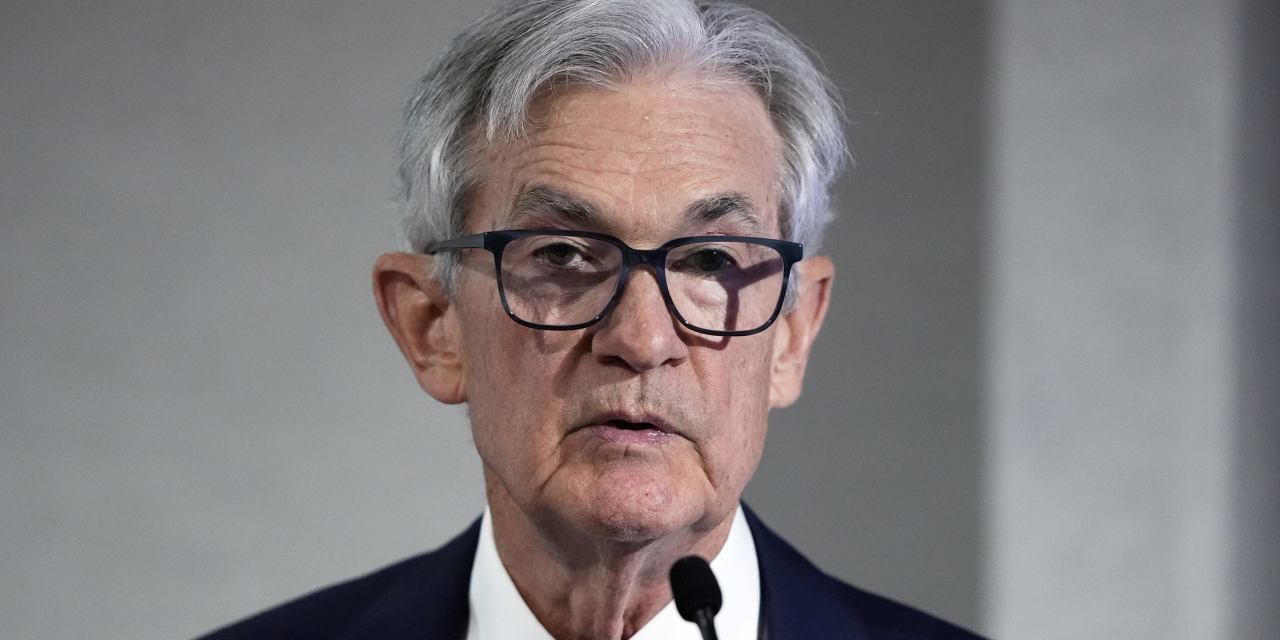Powell's Warning: Higher Prices, Slower Growth Ahead – A Deeper Dive into the Fed's Outlook
Federal Reserve Chairman Jerome Powell delivered a stark warning last week: Americans should brace themselves for higher prices and slower economic growth. His comments, delivered during a press conference following the Fed's decision to raise interest rates, sent ripples through financial markets and fueled anxieties about the nation's economic trajectory. But what exactly did Powell say, and what does it mean for the average American? Let's delve into the details.
The Fed's Rate Hike and the Rationale Behind It
The Federal Reserve raised its benchmark interest rate by a quarter of a percentage point, bringing the target range to 5.25% to 5.5%. This marks the eleventh rate hike since March 2022, a significant effort to combat persistent inflation. Powell emphasized that this move was intended to bring inflation down to the Fed's 2% target, a goal that remains elusive despite previous rate increases.
Powell's Key Messages: A Summary
Powell's statements highlighted several key concerns:
- Persistent Inflation: Despite some recent cooling, inflation remains stubbornly above the Fed's target. Factors like tight labor markets and strong consumer spending continue to put upward pressure on prices.
- Slower Economic Growth: The Fed acknowledges that its aggressive rate-hiking campaign will likely lead to slower economic growth. This could manifest in reduced consumer spending, hiring freezes, and potentially even job losses.
- Uncertainty Remains: Powell stressed the inherent uncertainty surrounding the economic outlook. The path to a soft landing – achieving lower inflation without triggering a recession – remains fraught with challenges.
- Data Dependence: The Fed's future actions will depend heavily on incoming economic data. This means that future rate hikes or cuts will be determined by factors like inflation figures, employment reports, and consumer spending patterns.
What Does This Mean for You?
Powell's warnings have significant implications for everyday Americans:
- Higher Interest Rates: Expect higher interest rates on loans, credit cards, and mortgages. This will impact borrowing costs and potentially reduce consumer spending.
- Increased Prices: While inflation may be cooling, prices are unlikely to fall dramatically in the near future. Consumers should anticipate continued pressure on their budgets.
- Potential Job Market Slowdown: Slower economic growth often translates to a cooling job market. While unemployment remains low, the possibility of job losses or reduced hiring should be considered.
The Path Forward: Navigating Economic Uncertainty
The economic landscape remains uncertain, and predicting the future with certainty is impossible. However, Powell's statements provide a clear picture of the challenges ahead. Consumers and businesses alike need to prepare for a period of slower growth and potentially higher prices. This includes:
- Budgeting Carefully: Creating a realistic budget and carefully managing expenses is crucial in the face of higher prices and potentially reduced income.
- Managing Debt: Prioritizing debt reduction and avoiding unnecessary borrowing can help mitigate the impact of higher interest rates.
- Diversifying Investments: Investors should consider diversifying their portfolios to mitigate risk in a potentially volatile market.
Conclusion: Staying Informed is Key
Powell's warnings are a call to action. Staying informed about economic trends, monitoring your personal finances, and adapting to changing circumstances will be key to navigating the challenges ahead. Keep an eye on economic reports and updates from the Federal Reserve for the latest developments. The road ahead may be bumpy, but preparedness is your best defense.
Keywords: Powell, Federal Reserve, interest rates, inflation, economic growth, recession, economic outlook, Fed rate hike, financial markets, consumer spending, job market, economic uncertainty, budgeting, debt management, investment strategy.

